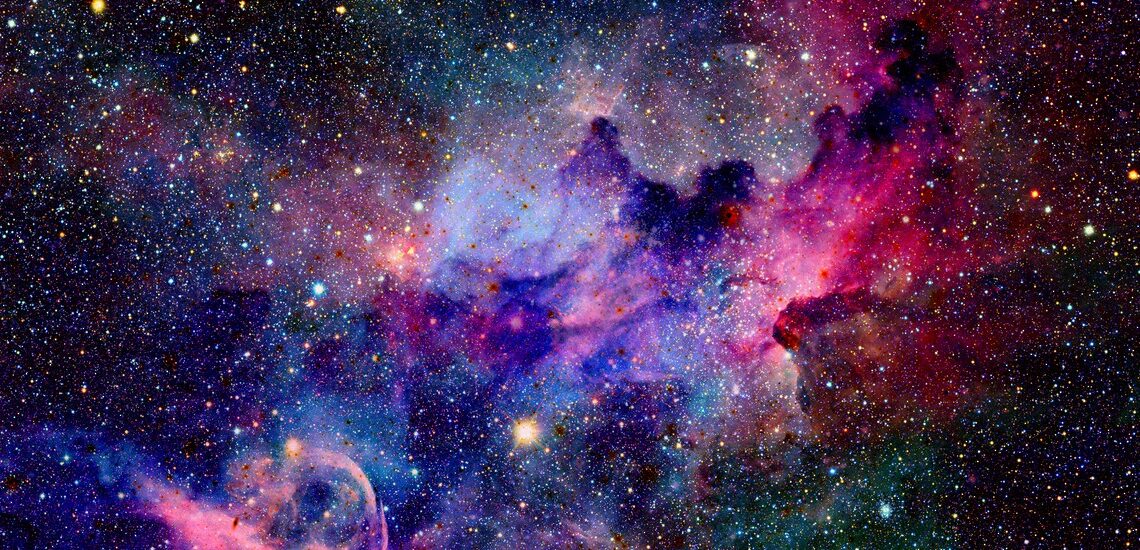
“I see only two possibilities – one, that we are alone in this vast universe, and second that we are not. Both sound equally terrifying”. I read this on the internet and cannot stop thinking how accurate this is. Scientifically, you can try and explain every single occurrence, but when we put on the poetic lens, the void between the stars and moon begins to expand.
In the winter of 1995, scientists pointed the Hubble telescope at an area of the sky that was dark and nearly empty. Over ten consecutive days, the telescope took 150 hours of exposure to the same area and what came back was nothing short of spectacular! They saw over 1500 distinct galaxies glimmering in a tiny sliver of the universe. But how large was the image captured? You would wonder. Well, if you were to put a pen and hold it in front of the night’s sky, focusing on its tip. That is what the telescope captured in its first deep field image. Those 3000 galaxies were seen in that speck of the universe.
To give you a perspective, the distance between the Earth and the Sun is 94 million miles. Again, the nearest star outside our solar system is 4.2 light-years away. But what is a light-year? Or what are the millions of miles we are talking about? It might just be a number for us, but when we talk scientifically, these numbers go beyond our comprehension.
The universe, if believed, started with a bang. Now, if you see a regular explosion, it starts from nothing to inflating energy and finally deflates after a point. However, scientists have claimed that the universe is expanding or inflating faster than the theories under the Standard Model of Cosmology. This could mean that the standard model needs to be updated and points to an opportunity for discovery. This also puts doubt on the theory that the universe comprises relative amounts of normal matter, dark matter, dark energy and radiation. There can be much more to it. Who knows?
The universe appears to be a time window, and the farther we look, the farther back we go in time. Light moves at a speed of 300 thousand Kms/sec. To use it up for you, suppose you are standing a meter away from your friend. The light from your friend’s face took about 3.336 nanoseconds to reach you. This means you always see your loved ones 3.336 nanoseconds into the past. If you look around, you are not seeing the world as it is, but as it was, the further things are, the further back in time you are looking.
The idea for this article struck me on my terrace when I looked up at the sky. I wondered what purpose we hold here on this planet which is no bigger than a grain of sand. Like fireflies on a summer night, the dots illuminating the velveteen sky only strengthens my wonderment. When you look at the twinkling stars, you’re looking back in time. You see the stars as they were thousands of years ago, and some might be just dead. Crazy! Isn’t it?
It is not necessary that the vastness of this universe could be captured in numbers. What if it’s eternal? Infinite. The fact that we are living in something so huge yet so tiny that if our planet gets washed up, it won’t make an iota of difference in the universe is scary.


